Teaching Tools for the Byzantine Empire
In the late 400s AD, the Roman Empire came to an end after a long time of fracture and fragmentation. What survived after the fall became known as the Byzantine Empire or Eastern Roman Empire. While certainly not as famous as Rome, the Byzantine Empire wielded formidable power up to the Middle Ages in Europe. Today, it remains an important part of world history curriculum. However, what are some teaching tools that can be used to get students excited about learning Byzantine history?
Check out this list of resources to discover new ways to spice up lesson plans!
Artifacts & Museums
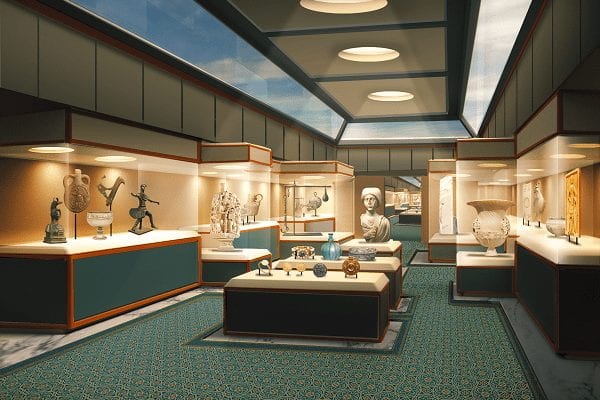
While actually taking students to a museum can be difficult, many museums put their collections online where they are easily viewed. Using these artifacts, teachers can encourage their students to do research about ancient civilizations and learn about the culture by drawing conclusions about their stuff.
The Met provides essays about the history as well as the art of the Byzantine Empire. Along with its provided writing, the website hosts online features from Helen Evans on the art of the time. Students explore the artifacts and receive additional information on the development of art from an expert.
The Museum of Byzantine Culture in Greece provides an English site complete with pictures of their collection. The museum’s collection numbers more than 46,000 artifacts which date from the 2nd to the 20th century. Students can take close up looks at the detail in some of the pieces as well as read the history and use of each one.
Lesson Plans and Teacher Materials
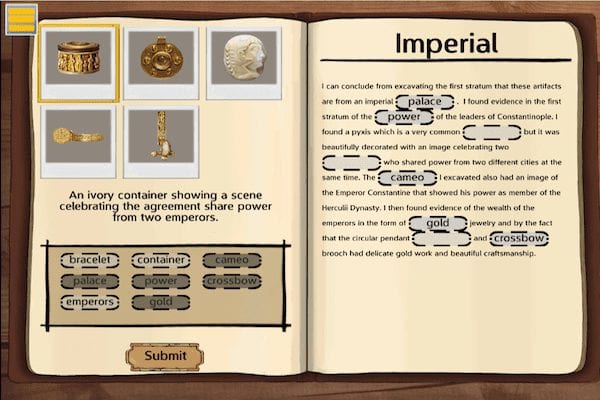
Mr. Donn is a great source for all units of world history, the Byzantine Empire being no exception. His website offers free powerpoints, maps, and templates which can be helpful for putting together lessons on the subject.
If you want to focus on one aspect of Byzantine history in particular, we recommend Justianian and Theodora. These two are the most famous leaders of the empire. As part of one of our series of Women’s History Month blogs, we collected resources for teaching about powerful female leaders of history. Theodora featured on this list. For lessons about her, head over to that blog to get the resources you need.
Multimedia Teaching Tools

To really bring something engaging to lessons, consider making use of videos or games to draw in student interest. By mixing traditional lecture with these media sources, all kinds of learners are served and can connect with the material. Otherwise, they miss out or stay uninterested.
Extra History makes awesome series on all sorts of topics, but they have entire playlist of Justinian and Theodora, the two most famous rulers of the empire (as previously mentioned). In addition to their policies and reforms, the videos cover their origins and more personal aspects of their stories.
Of course, our own Excavate! Byzantine just came out recently, and it serves as a great tool for teaching about the daily lives of Byzantine citizens. Students dig up artifacts and analyze them in order to draw conclusions about Byzantine culture. This includes religion, economy, home life, and governmental structure. Apply C3 skills in this middle school social studies game that brings the ancient civilization of the Byzantine Empire to life through archaeology. For your convenience, Excavate! Byzantine works for Apple, Android, and HTML5.
Additionally, all the Excavate! games come with supporting teacher materials for using the games in class. For a complete lesson, make sure to check out the Teacher Guide, Artifact-Based Questions, and Inquiry Analysis Questions.
Hopefully, these resources will help in putting together new lessons on the Byzantine Empire for middle school students. If you have any questions about our products, know that you can always contact us.



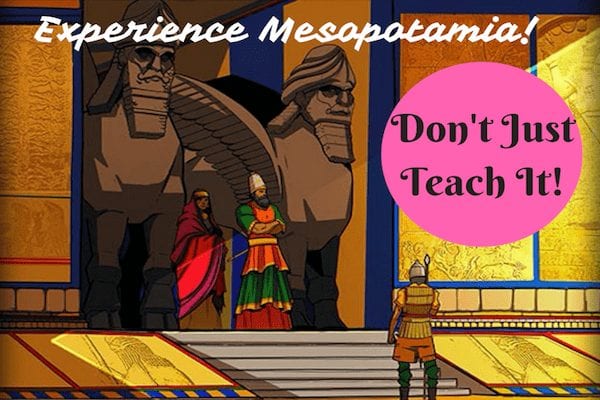
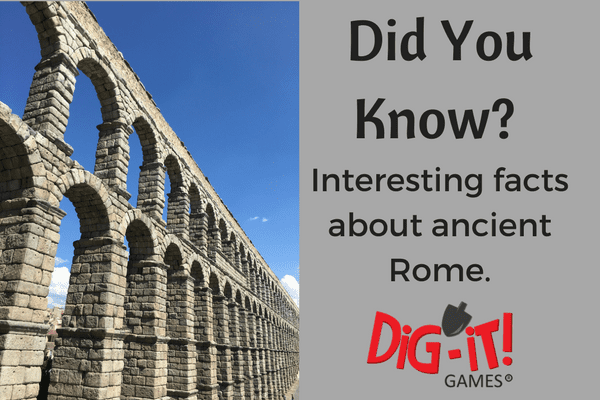



 Sally Ride blasted down barriers as she blasted into space in 1983 as the
Sally Ride blasted down barriers as she blasted into space in 1983 as the 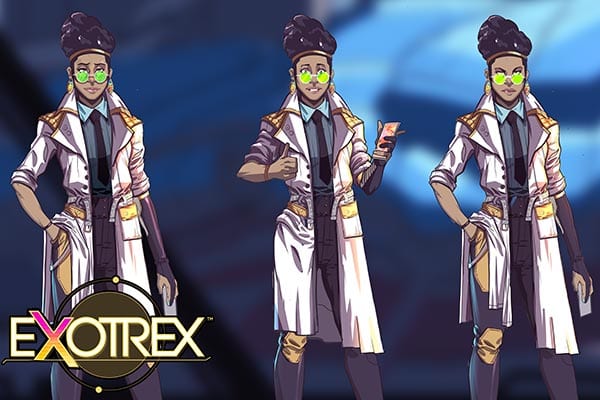 When looking to engage students in STEM learning and space exploration, look no further than
When looking to engage students in STEM learning and space exploration, look no further than 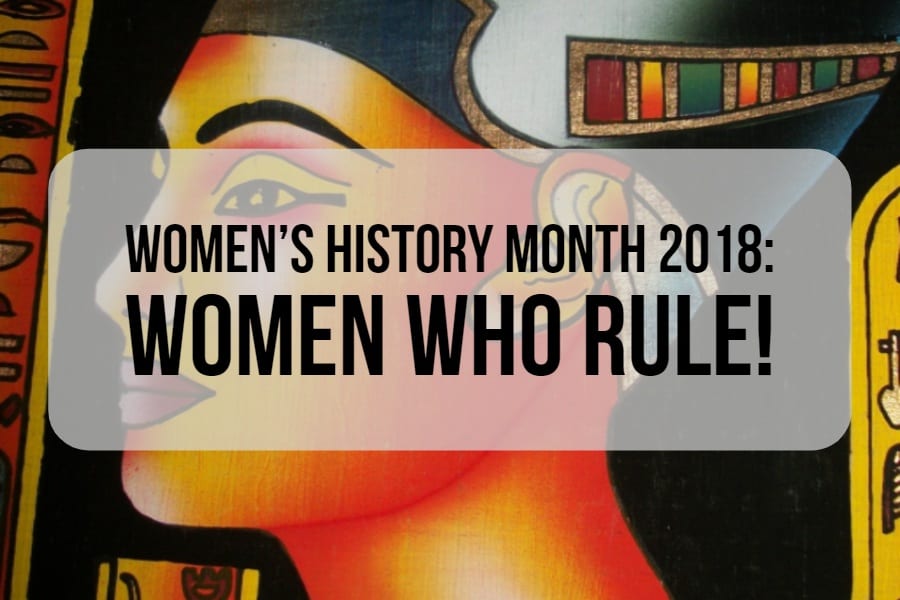


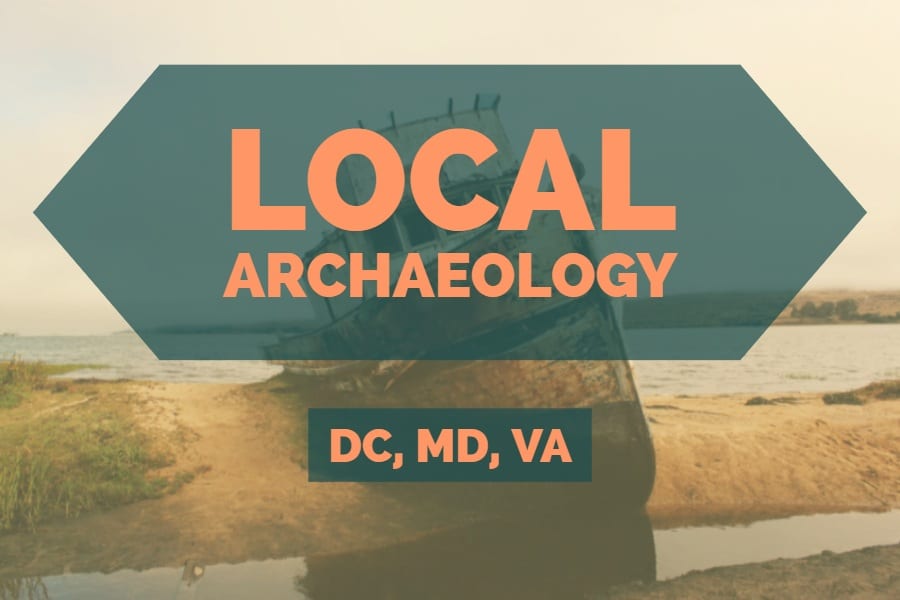

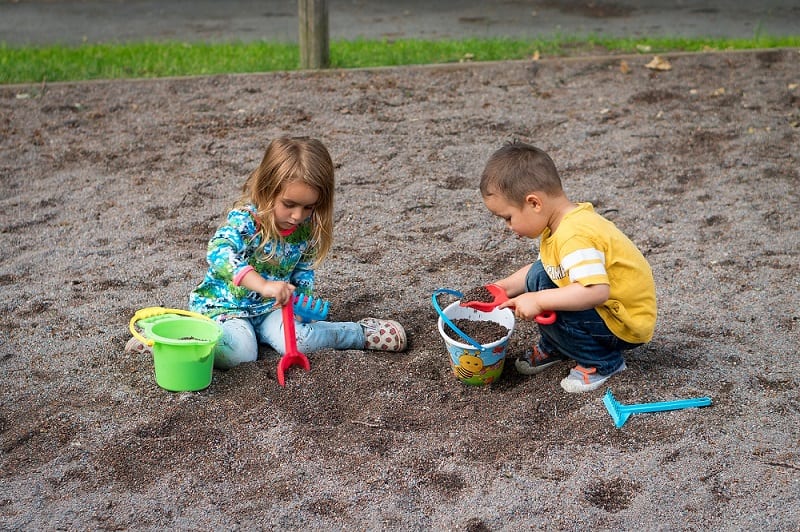

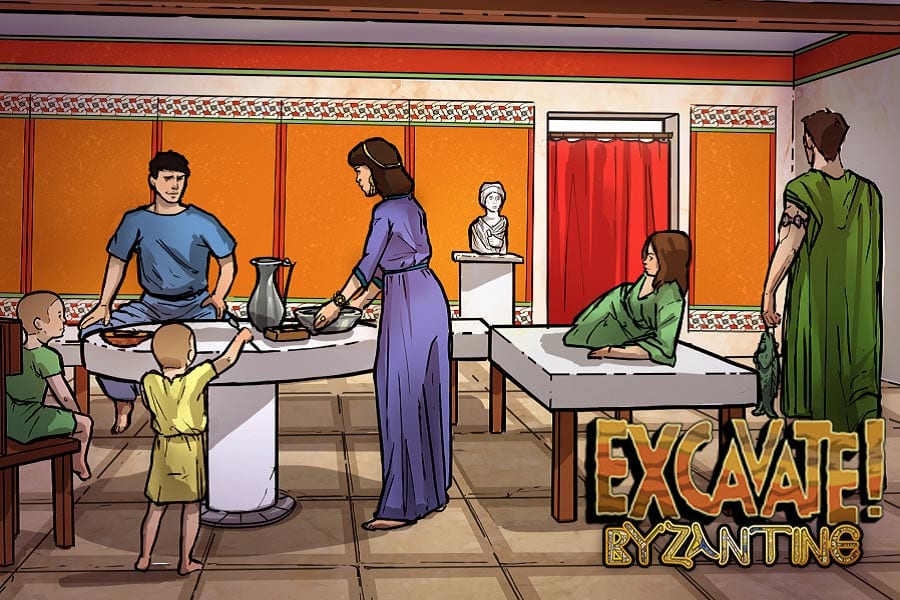



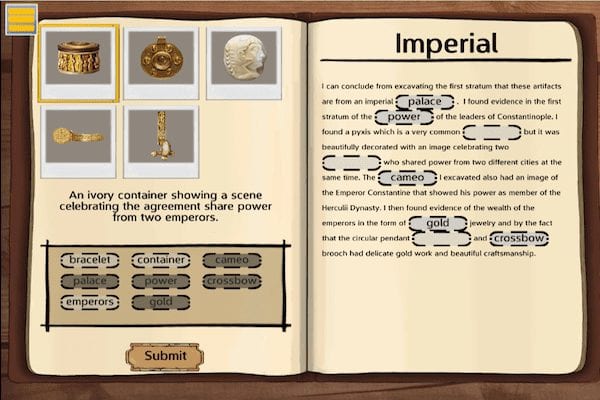
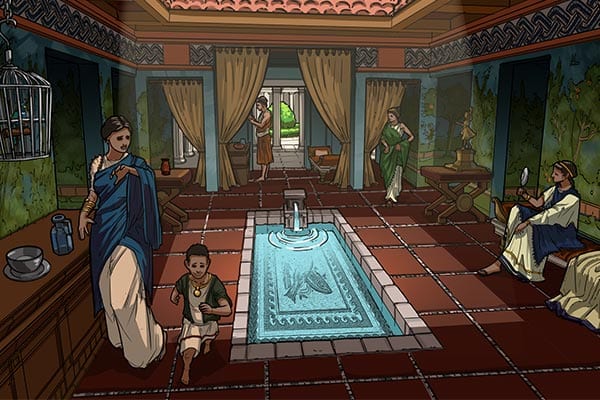


 Growing up I was always pushed towards the math and sciences because I naturally good at them, but my heart always called to more creative pursuits. My mother gave me the wise advice that “If you do what you love for work, it’ll become your work and not what you love.” With that in mind, I applied to engineering programs across the east coast, before coming across a school that featured a Game Design and Development major. Although heavily computer science based, the major also taught design, animation, 3D modeling, audio, and narration. Instantly, I knew it was a perfect match: a field both technical and creative.
Growing up I was always pushed towards the math and sciences because I naturally good at them, but my heart always called to more creative pursuits. My mother gave me the wise advice that “If you do what you love for work, it’ll become your work and not what you love.” With that in mind, I applied to engineering programs across the east coast, before coming across a school that featured a Game Design and Development major. Although heavily computer science based, the major also taught design, animation, 3D modeling, audio, and narration. Instantly, I knew it was a perfect match: a field both technical and creative. I started learning to code in C# when I was 44 years old. While I learned some BASIC coding in high school, I found the whole process stupid and boring. While I knew that the Atari games I loved were created by programming, I couldn’t connect to it. My 17-year-old self wanted to solve important, complicated problems. Real, important problems that required creative thinking were problems like: What causes cancer? What makes us feel stressed out? How does stress affect our immune system? Could we optimize our immune system to fight cancer better? So I threw myself into biochemistry. I loved it. I worked every single day for 3 years. Then, for the next 7 years, I decided to always take a whole ½ a day off every weekend.
I started learning to code in C# when I was 44 years old. While I learned some BASIC coding in high school, I found the whole process stupid and boring. While I knew that the Atari games I loved were created by programming, I couldn’t connect to it. My 17-year-old self wanted to solve important, complicated problems. Real, important problems that required creative thinking were problems like: What causes cancer? What makes us feel stressed out? How does stress affect our immune system? Could we optimize our immune system to fight cancer better? So I threw myself into biochemistry. I loved it. I worked every single day for 3 years. Then, for the next 7 years, I decided to always take a whole ½ a day off every weekend.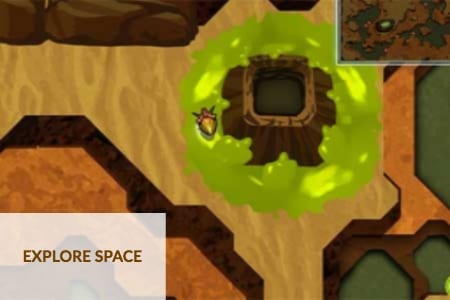
 Everything I know about entrepreneurship I learned from my mother. Ok, that may be a slight exaggeration, but the fact is, most of what I needed to know to found an educational gaming company I really did learn from my mother, without either of us truly intending it.
Everything I know about entrepreneurship I learned from my mother. Ok, that may be a slight exaggeration, but the fact is, most of what I needed to know to found an educational gaming company I really did learn from my mother, without either of us truly intending it.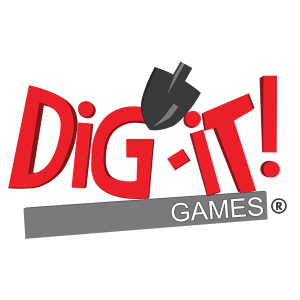
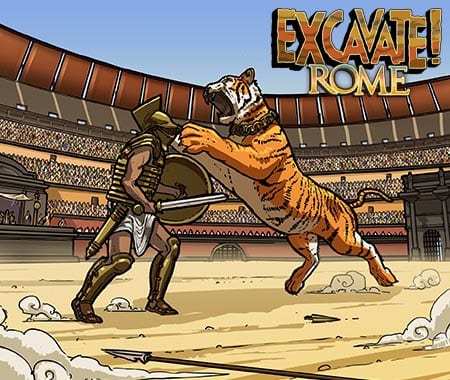
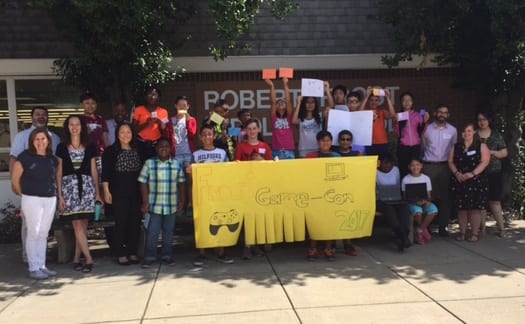
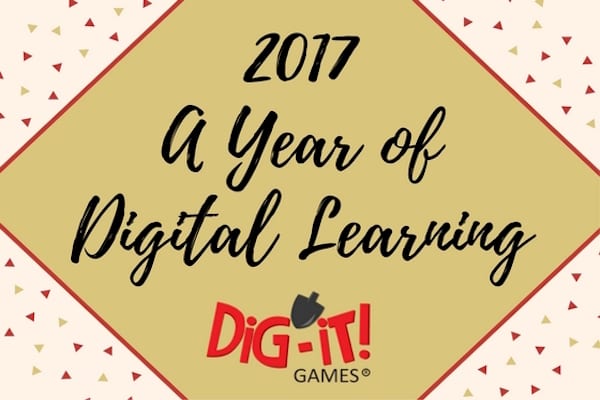
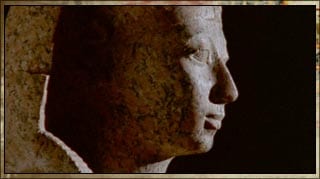


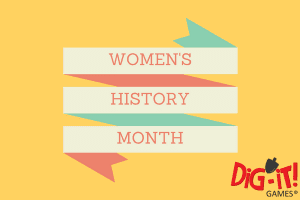
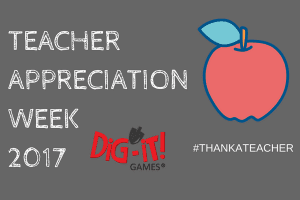
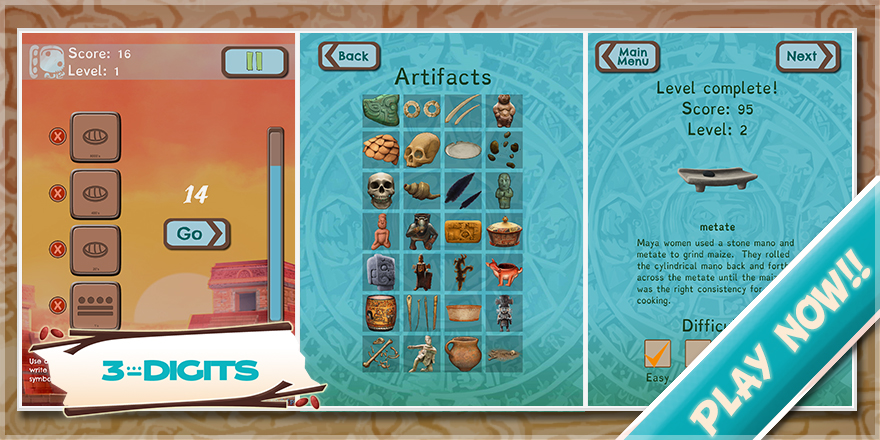



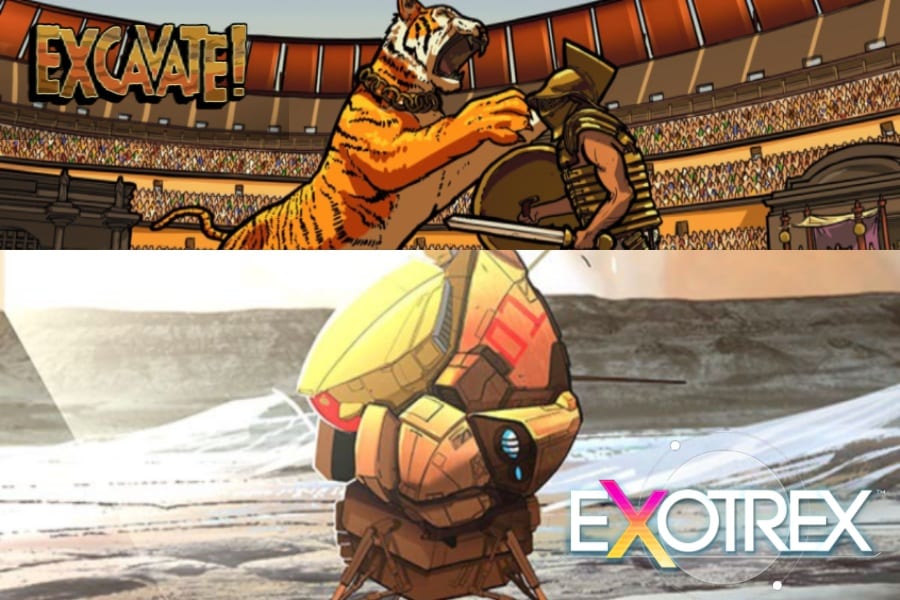




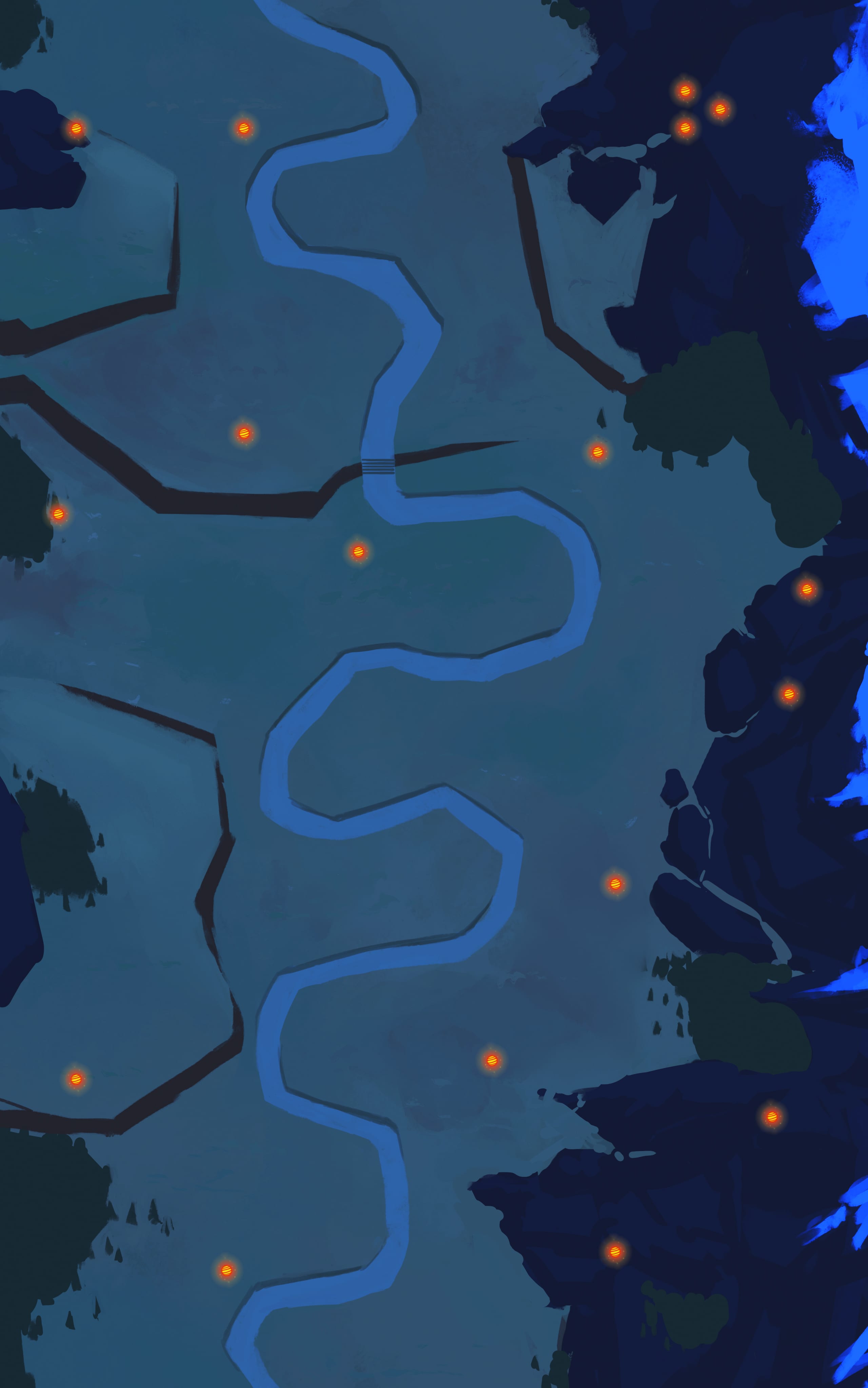
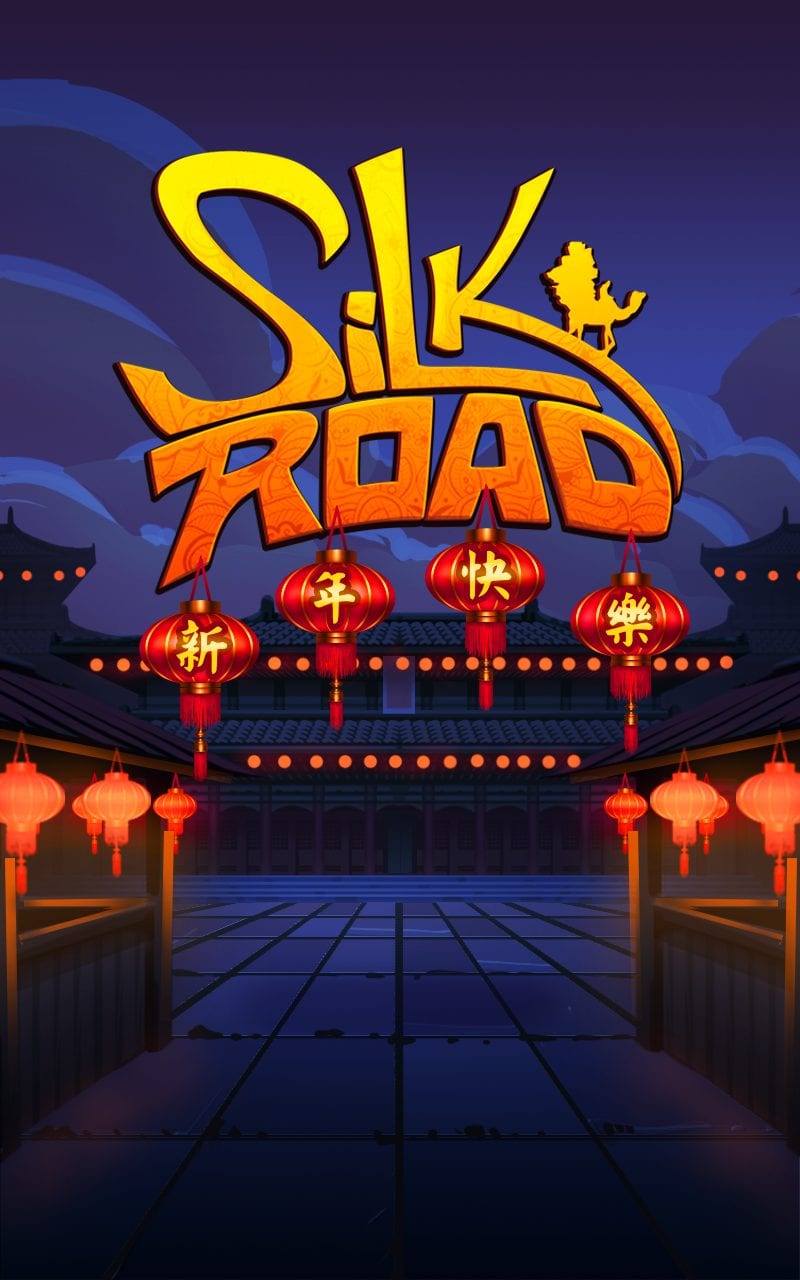

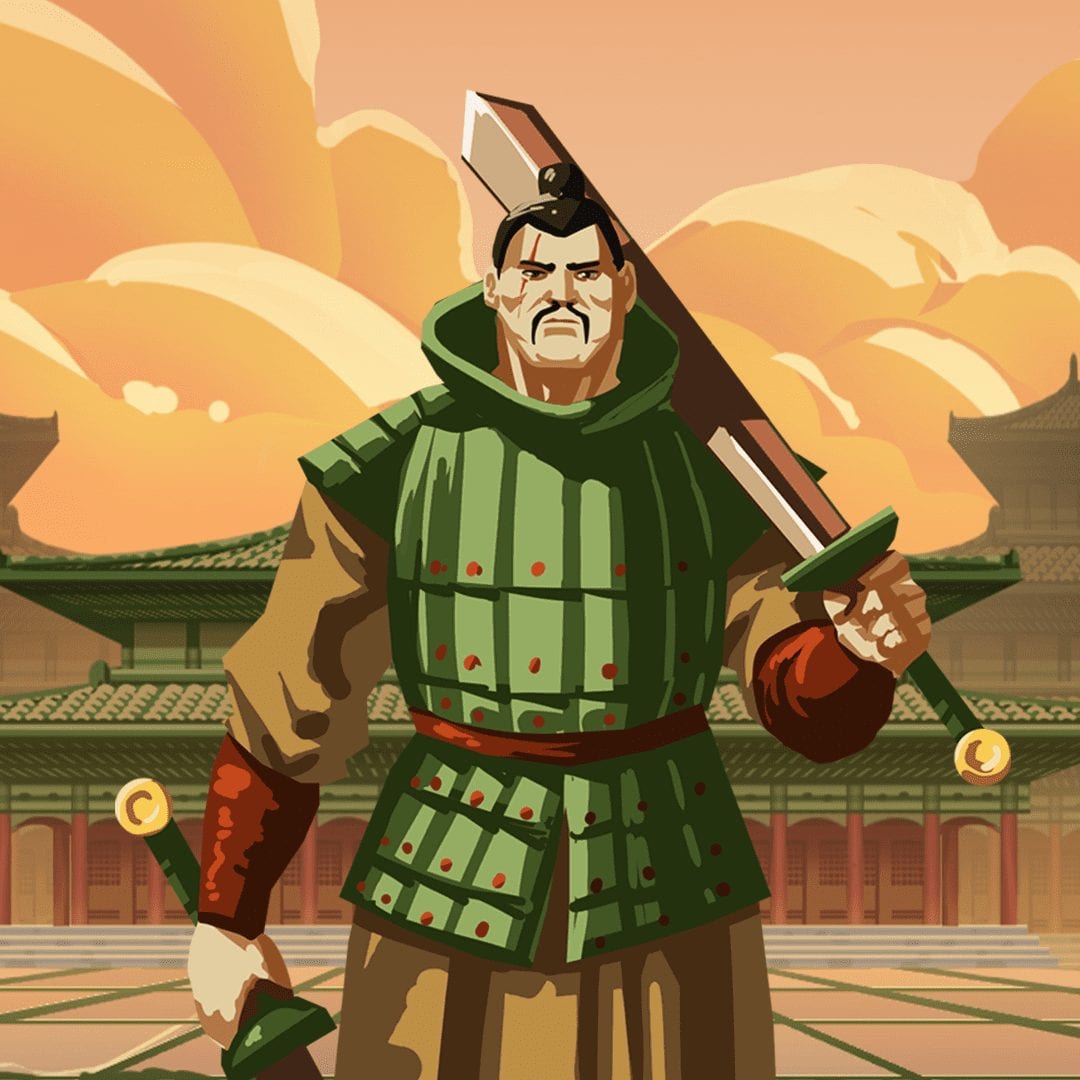
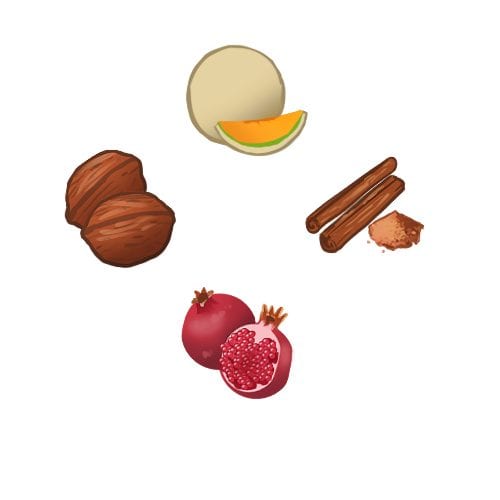


 Gladiator Recovery Shake
Gladiator Recovery Shake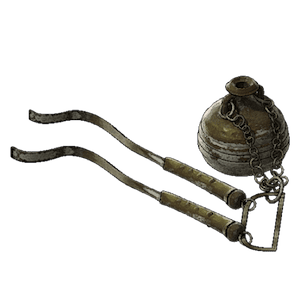 Baths Are for More than Bathing
Baths Are for More than Bathing Second Floor with a View
Second Floor with a View For the Birds
For the Birds